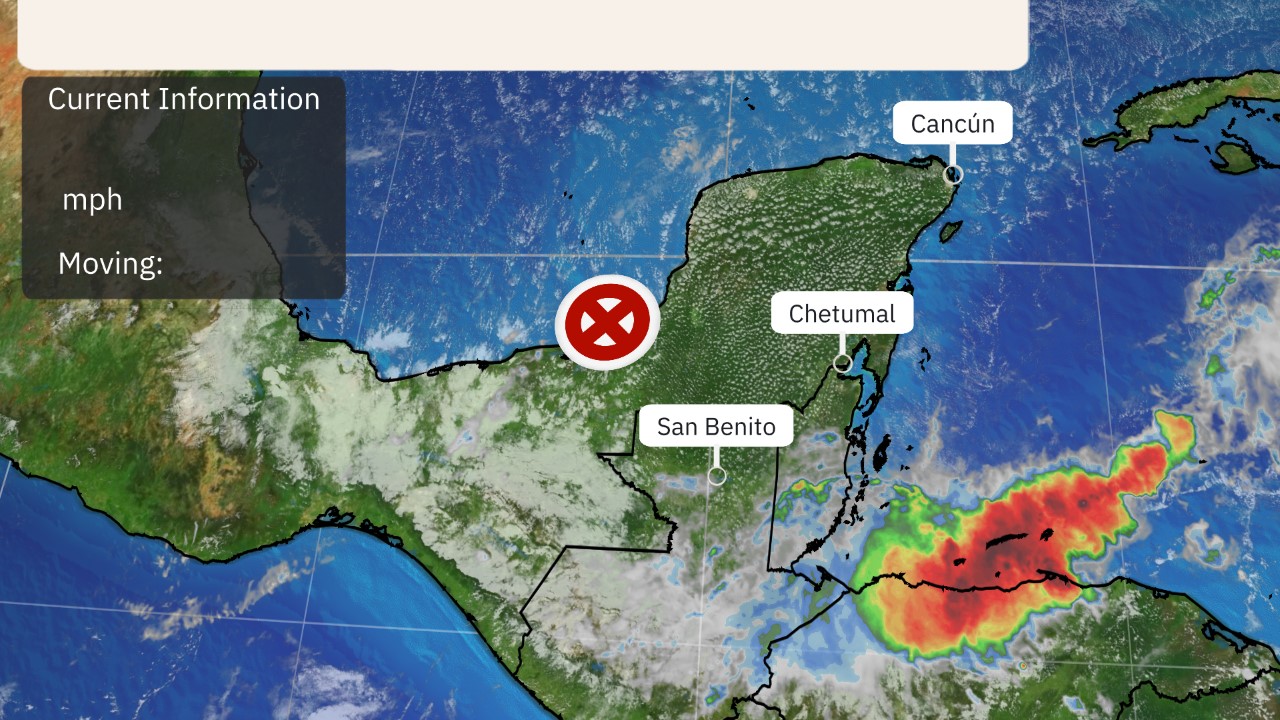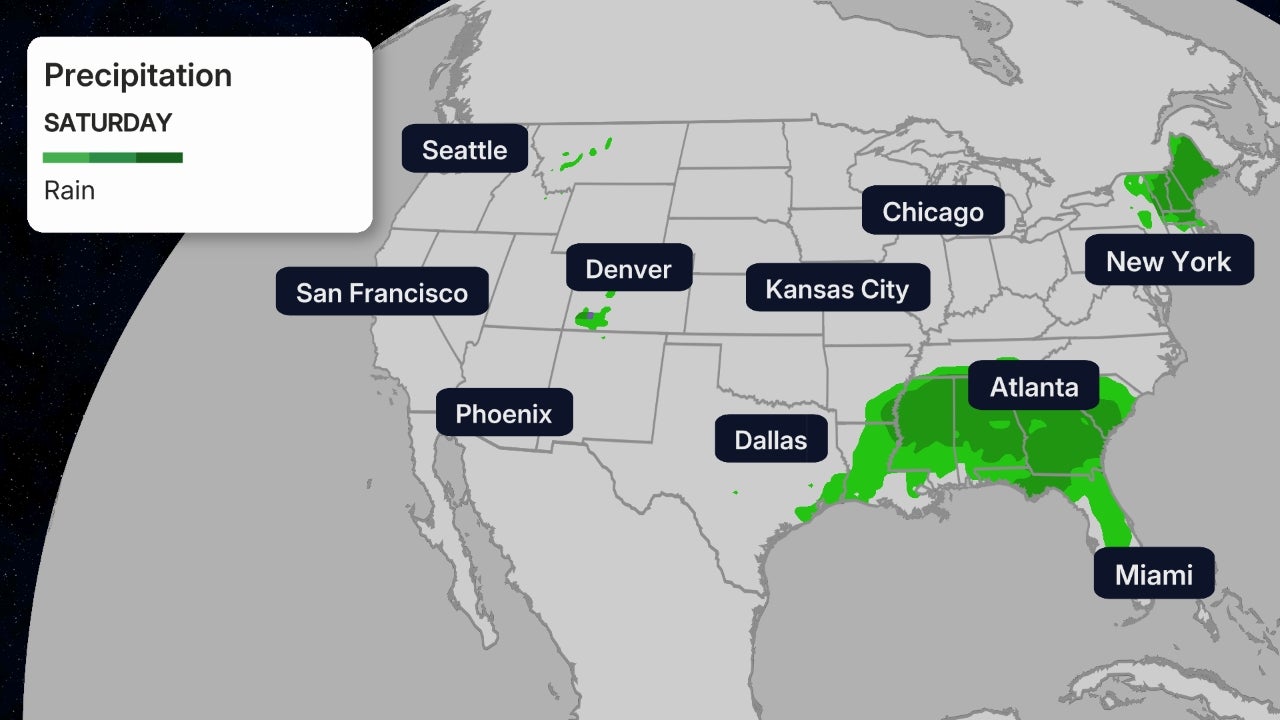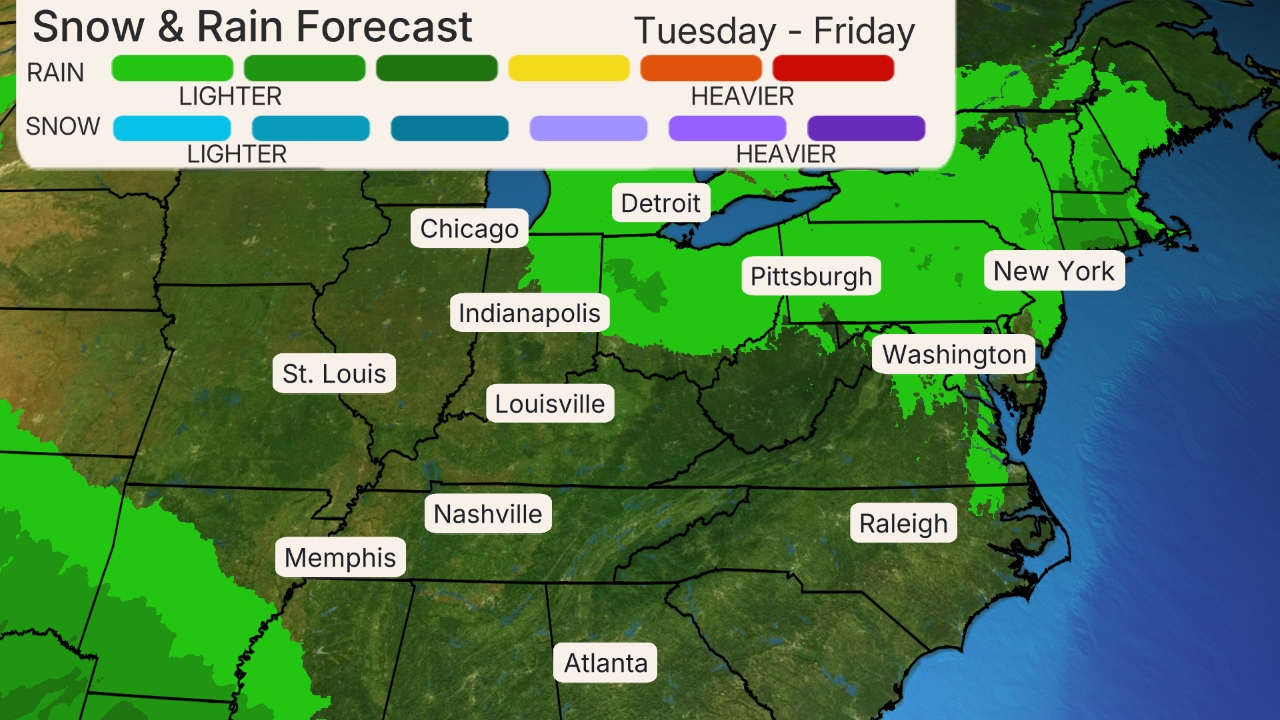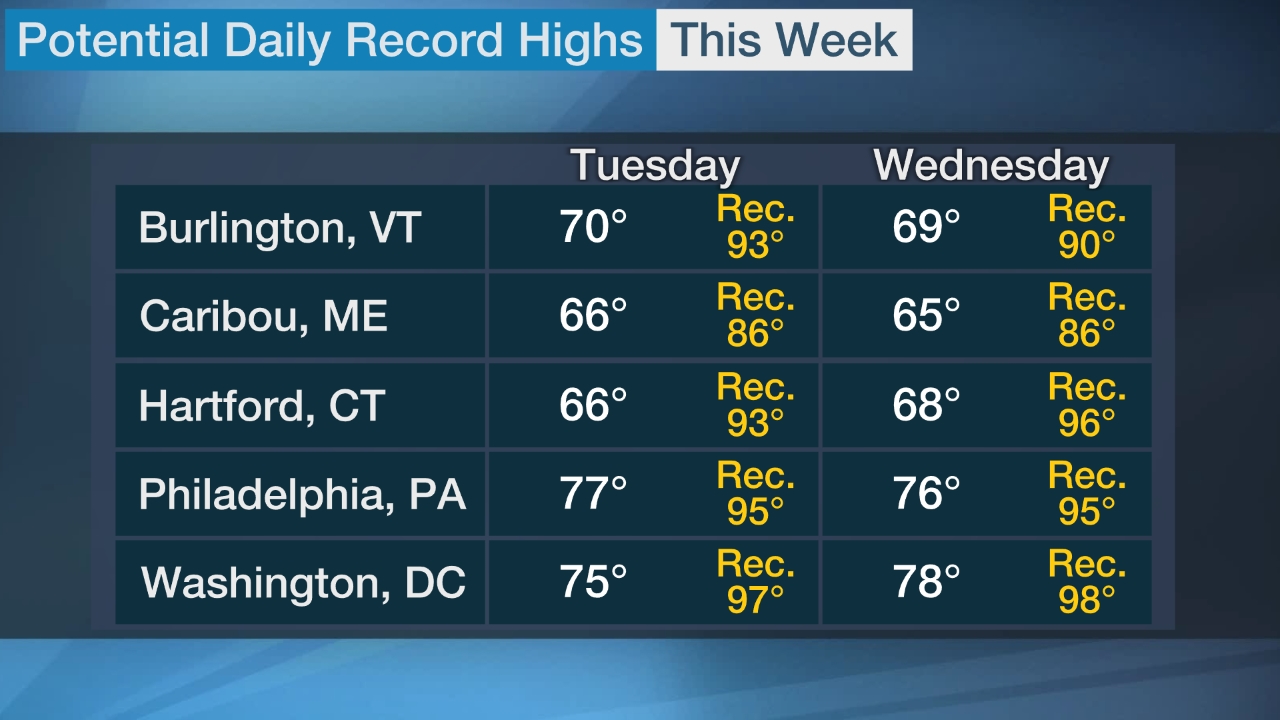Summary
- Florence is expected to crawl near or along the coast of the Carolinas through Friday.
- This will produce catastrophic flash flooding and major river flooding.
- Life-threatening storm surge is likely occurring in eastern North Carolina.
- Hurricane-force winds are occurring in eastern North Carolina.
- Hurricane and storm surge warnings have been issued.
- Florence’s remnant will linger in parts of the East into early next week.
Hurricane Florence is about to make landfall in North Carolina and continues to spread heavy rain and strong winds into the Carolinas, before kicking off an agonizing crawl through the Southeast into early next week, producing catastrophic inland rainfall flooding, life-threatening storm surge and destructive winds.
Happening Now
The eyewall, the worst part of Florence, is onshore in southeastern North Carolina and is only the beginning of what could be a record-wet siege from a tropical cyclone in parts of the Tar Heel State.

(Watches and warnings are issued by the National Weather Service.)
The eyewall will move extremely slowly across the North Carolina coast through early Friday morning bringing extreme wind gusts and very heavy rainfall.
As of 6 a.m. EDT, Florence’s calm eye was located about 10 miles east of Wilmington, North Carolina, crawling westward at just 6 mph.
Extreme rainfall is already occurring in eastern North Carolina.
Around 20 inches of rainfall has already been received in North Carolina according to two USGS observation stations, located in Atlantic Beach and on Emerald Isle.
Water levels remain elevated in Pamlico Sound in North Carolina and a gauge in Emerald Isle recently recorded a 7.0-foot surge. A 10.1-foot storm surge was recorded very early Friday in New Bern.
(LATEST NEWS: Florence Leaves Hundereds of Thousands Without Power in North Carolina)
Winds are gusting above 80 mph at times along the North Carolina coast as of early Friday morning.

The highest sustained wind so far was reported in Cape Lookout, where sustained winds clocked in at 83 mph.

(The highest cloud tops, corresponding to the most vigorous convection, are shown in the brightest red colors. Clustering, deep convection around the center is a sign of a healthy tropical cyclone.)
Hurricane-force winds (74-plus mph) extend outward up to 80 miles from the center, and tropical-storm-force winds (39-plus mph) extend outward up to 195 miles from the center.
A hurricane warning and storm surge warning are in effect from the South Santee River, South Carolina, to Duck, North Carolina, including the Albemarle and Pamlico sounds. These warnings include Myrtle Beach, South Carolina, Wilmington, North Carolina, and most of the Outer Banks.
Hurricane warnings also extend inland, including North Carolina cities such as Greenville, Goldsboro and Kinston.
Hurricane watches and storm surge watches are in effect from Edisto Beach, South Carolina, northward to the South Santee River, South Carolina. This includes Charleston, South Carolina.
Tropical storm warnings are in effect north of Duck, North Carolina, to Cape Charles Lighthouse, Virginia, as well as for the Chesapeake Bay south of New Point Comfort, Virginia, and from Edisto Beach, South Carolina, northward to the South Santee River, South Carolina. This includes Virginia Beach, Norfolk, Virginia, and Charleston, South Carolina.

(A watch means hurricane or tropical storm conditions are possible within 48 hours. A warning means those conditions are expected within 36 hours.)
A hurricane warning means hurricane-force winds (74-plus mph) are expected somewhere within the warning area and is typically issued 36 hours ahead of the arrival of tropical-storm-force winds (39-plus mph), which could make last-minute preparations difficult.
A storm surge warning means there is a danger of life-threatening storm-surge inundation within the warning area during the next 36 hours from rising water moving inland from the coastline.
Other Wind Reports
Wind gusts reached as high as 106 mph at Cape Lookout, North Carolina, late Thursday evening while a 105-mph gust was reported at Fort Macon, North Carolina.

Winds were gusting as high as 99 mph at Fort Macon, North Carolina and sustained winds are blowing at 73 mph early Friday.
Sustained winds of 79 mph were recently reported in Davis, North Carolina, while a 77-mph sustained wind was recorded at Fort Macon, North Carolina.
Water Reports
On Thursday night, a storm surge of 10 feet above normal levels was reported by the National Weather Service office in Morehead City, North Carolina, at the Cherry Branch Ferry Terminal on the Neuse River, courtesy of the North Carolina Department of Transportation.
A gauge at Oriental, North Carolina, on the Neuse River recorded a water height of about 6 feet above normal tide levels late Thursday.
(MORE: North Carolina Meteorologists Forced Off-Air During Broadcast By Florence Flooding)
Atlantic Beach, which is a barrier island just south of Morehead City, measured 12.73 inches of rainfall Thursday evening.
There continues to be overwash of the dunes at the “S” curves on Highway 12 near Rodanthe in the Outer Banks.
Track Forecast
Steering currents have fallen apart allowing Florence to slow down tremendously as it drifts toward the coast of the Carolinas.

(The red-shaded area denotes the potential path of the center of the tropical cyclone. It’s important to note that impacts (particularly heavy rain, high surf, coastal flooding, winds) with any tropical cyclone usually spread beyond its forecast path.)
(MORE: Why Florence Will Stall and Move Erratically)
Gradual weakening is expected on Friday with significant weakening over the weekend as it moves farther inland.
The National Hurricane Center noted late Wednesday that while Florence has weakened, “the wind field of the hurricane continues to grow in size. This evolution will produce storm surges similar to that of a more intense, but smaller, hurricane, and thus the storm-surge values seen in the previous advisory are still valid.”
Large Category 2 hurricanes have done enormous amounts of damage along the U.S. coast in the past.
U.S. Impacts
– Storm-Surge Impact: A destructive storm surge will accompany the eye coming ashore into Friday, and coastal flooding may persist through multiple high-tide cycles into this weekend east of the center of Florence. All evacuation orders from local officials should be followed because of this dangerous threat. Significant beach erosion is also likely on the southeastern U.S. coast. Elevated water levels may persist for some time after landfall in areas where onshore winds persist.
(MAPS: NHC Potential Peak Storm Surge Inundation Interactive Maps)

Here are the latest storm-surge inundation forecasts from the National Hurricane Center if the eye of Florence arrives at high tide:
– Cape Fear to Cape Lookout, North Carolina, including the Neuse, Pamlico, Pungo and Bay rivers: 7 to 11 feet, with locally higher amounts possible
– Cape Lookout, North Carolina, to Ocracoke Inlet, North Carolina: 6 to 9 feet
– South Santee River, South Carolina, to Cape Fear, North Carolina: 4 to 6 feet
– Ocracoke Inlet, North Carolina, to Salvo, North Carolina: 4 to 6 feet
– Salvo, North Carolina, to Duck, North Carolina: 2 to 4 feet
– Edisto Beach, South Carolina, to the South Santee River, South Carolina: 2 to 4 feet

(From the National Hurricane Center.)
These water levels will be on top of already high tides caused by the new moon.
The National Weather Service is forecasting a record tide level at Beaufort, North Carolina, Friday morning, topping levels seen during Hazel (1954) and Floyd (1999), among others.
Battering waves will ride atop the storm surge, inflicting more damage to structures near the water as the hurricane arrives.
Tidal flooding will also occur with high tide as far north as the southern Chesapeake Bay, including along the tidal James River and Potomac River near the bay. The highest tides will occur late Friday morning into Friday afternoon.

– High-Impact Rainfall: Florence will produce high-end flash flooding between Myrtle Beach, South Carolina, and Morehead City, North Carolina.
The National Hurricane Center noted that “life-threatening, catastrophic flash flooding and prolonged significant river flooding are likely over portions of the Carolinas and the southern and central Appalachians late this week into early next week.”
That heavy rain threat may last for days into early next week in some areas, given Florence’s slow movement.
Disastrous flooding is expected in some areas, not simply near the coastal Carolinas where the heaviest rain totals are forecast, but also in the Appalachians where heavy rain over mountainous terrain is likely to trigger mudslides and rockslides. See the link below for more information.
(MORE: Potentially Catastrophic Inland Flooding Possible)
According to the National Hurricane Center, Florence is expected to produce the following rainfall totals:
– Coastal North Carolina into far northeastern South Carolina: an additional 20 to 25 inches, with isolated totals up to 40 inches
– Rest of South Carolina and North Carolina into southwestern Virginia: 5 to 10 inches, with isolated totals up to 15 inches

(This should be interpreted as a broad outlook of where the heaviest rain may fall and may shift based on the forecast path. Extreme amounts may occur where bands of rain stall over a period of several hours. )
The runoff from these incredible rainfall totals will continue for days, and then will enter the riverways of the Carolinas. Flooding may swell these watersheds for weeks, if not months.
– Wind Impact: Hurricane-force winds (74-plus mph) are occurring over portions of coastal North Carolina and are expected to spread across parts of southeastern North Carolina and eastern South Carolina through Friday. Tropical-storm-force winds (39-plus mph) are expected to spread inland across the remainder of the warning area through Saturday. Numerous downed trees and long-lasting power outages could occur near and inland from where the center of Florence strikes.

This threat of tree damage and power outages may also extend across Florence’s larger swath of tropical-storm-force winds and may last for an extended period of time into this weekend. Structural damage to homes and buildings is possible, particularly where the core of any hurricane-force winds moves through.

– Tornadoes: A few tornadoes are possible in eastern and southeastern North Carolina through Friday. These tornadoes should be weak and short-lived but could add to damage caused by rainfall or straight-line hurricane winds.
The name Florence has been used for Atlantic tropical storms and hurricanes since 1953. The destructive potential of this iteration could mean the name Florence may be retired from future use.
Check back with weather.com for updates on Florence’s forecast.
Florence’s History
Tropical Depression Six formed late on Aug. 31, then was named Tropical Storm Florence the next day in the far eastern Atlantic Ocean.
On Sept. 5, Florence became a Category 4 hurricane after rapidly intensifying over the open Atlantic Ocean.
Wind shear then weakened Florence back to a tropical storm late on Sept. 6.
Florence underwent rapid intensification a second time Sunday into Monday, when its winds jumped up from 75 mph to 130 mph in just 25 hours ending 12 p.m. EDT Monday.
COMMENTS